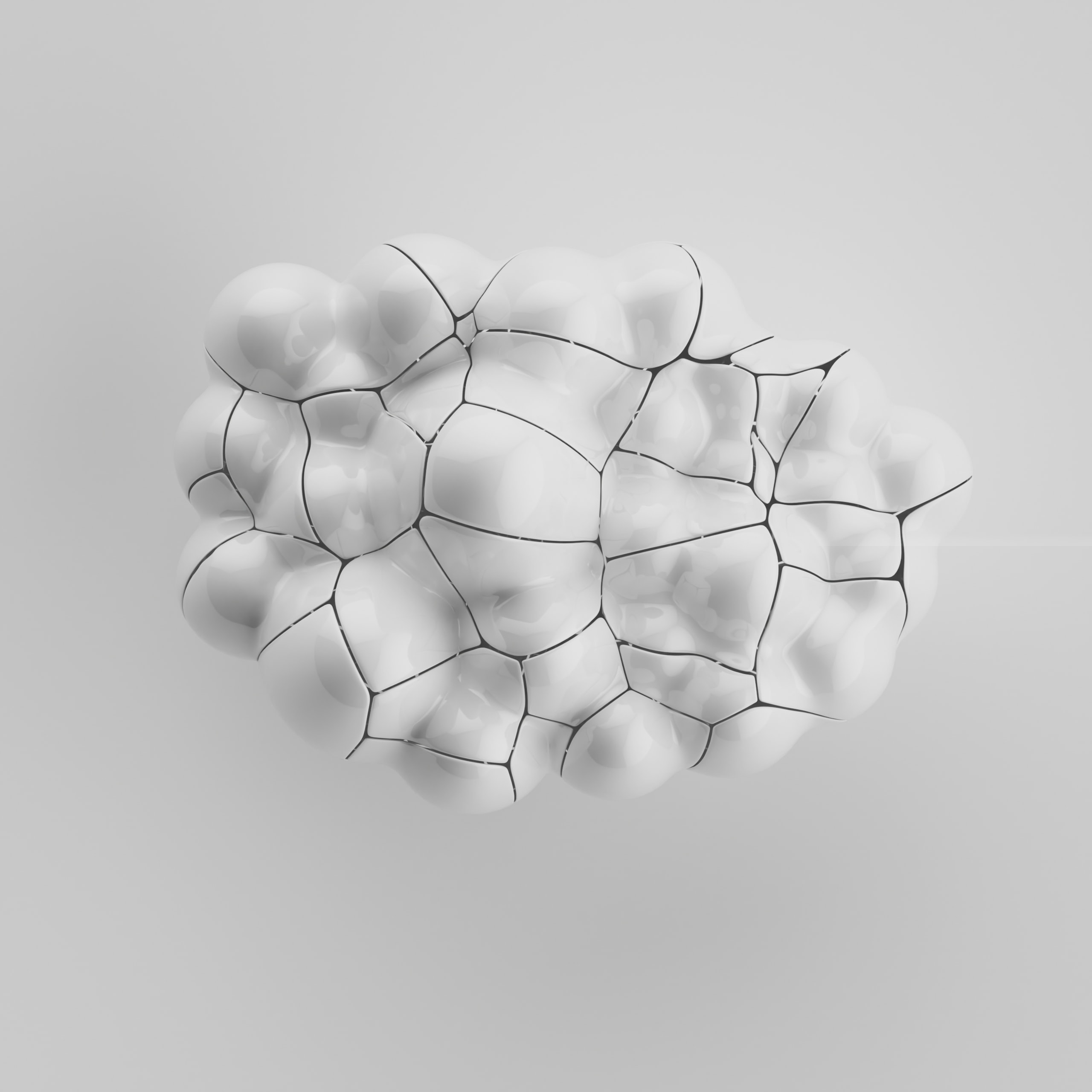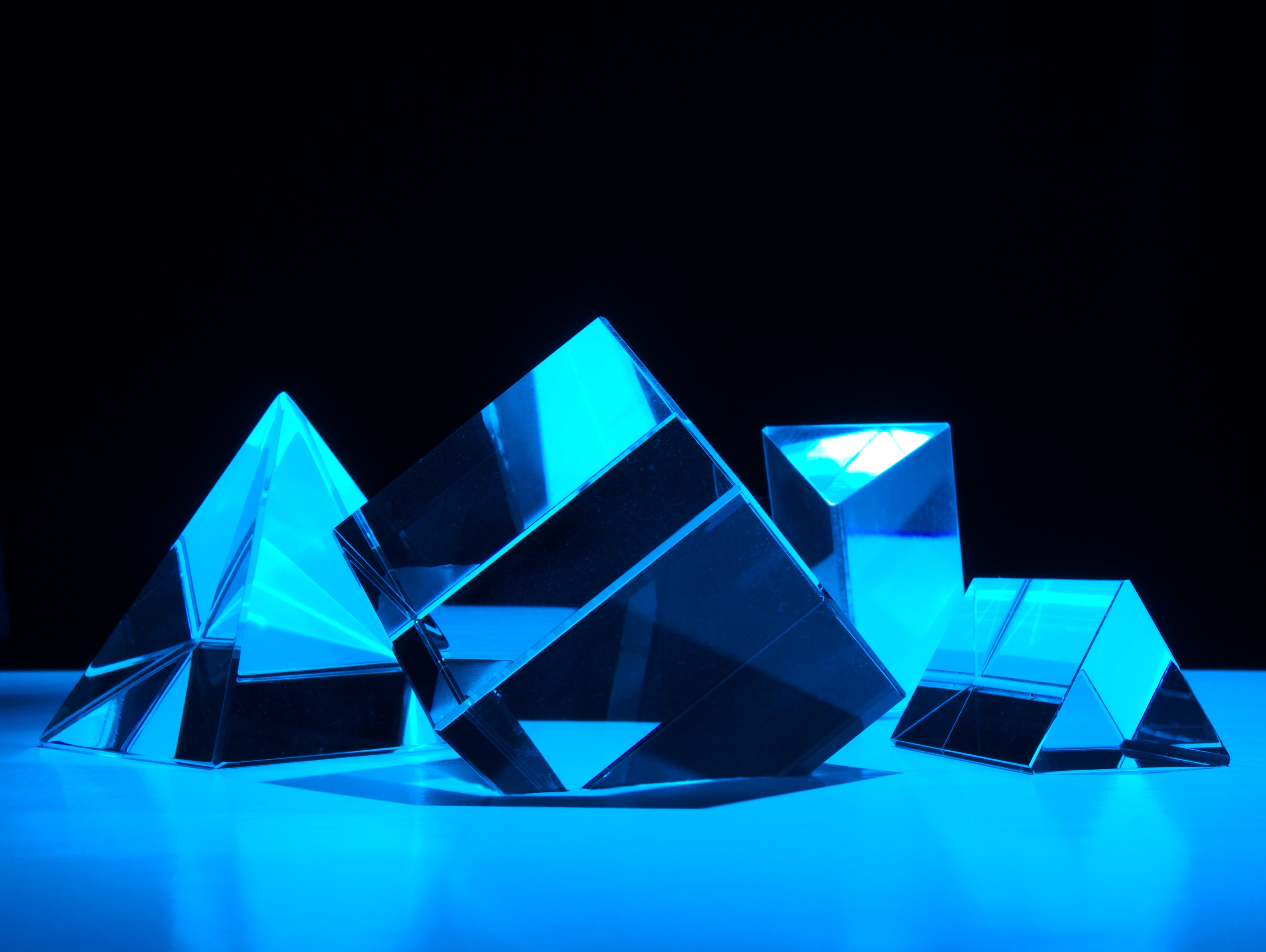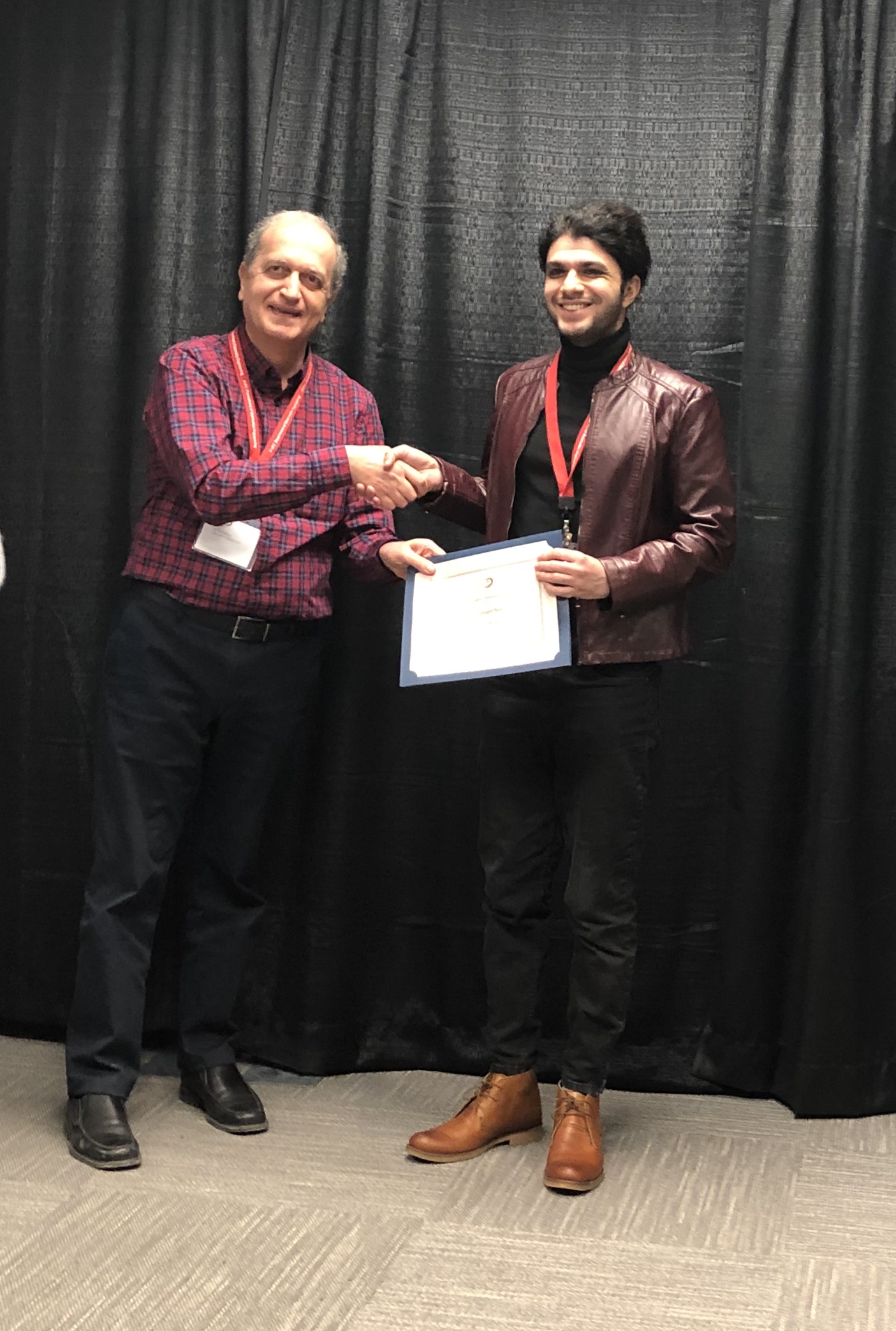I have a passion for understanding the world through data. My Ph.D. in Engineering at the University of Calgary, Canada, focused on probabilistic (Bayesian) methods to train self-adaptive models. Using parallel computations such as Massage Passing Interface (MPI) on independent processors enabled me to efficiently collect millions of massive 3-D models from data.
Working as an Innovation Developer at Spatial Data AI, I have experienced amazing machine learning tasks such as 3-D point cloud data classification using Random Forest and other scikit-learn models, Image segmentation, Image Classification (Detectron2 and TensorFlow models), clustering, and object extraction.
My experiences led me to have the right skills at the right time when machine learning, probabilistic, and data-driven models gained widespread traction earlier last decade. I love solving complex and important problems and am currently focused on using probabilistic and machine learning to improve model resolution locally based on data information. This is advancing quickly and will make a tremendous impact on science, and I want to help ensure the model-data relationship is understood properly.


I developed a novel hierarchical classification approach based on the Voronoi diagram. Traditionally, the Voronoi diagram partitions a space according to the nearest-neighbor principle, where each region corresponds to one of k nodes, effectively classifying data into k groups. However, when the goal is to further organize these k groups into p higher-level categories, a nested Voronoi structure can be introduced. This hierarchical extension enables multi-level spatial classification, allowing complex patterns or geological structures to be represented more effectively.

The Voronoi diagram can provide different geometries. Can we use them to infer unknown model geometry?
check it out and see interesting findings

ALpha shape can provide both convex and concave hulls depending on the alpha parameter. In cases where we do not know whether an unknown shape is convex or concave, we can use the alpha shape with the unknown alpha parameter.

I impleneted a Python code using Selenium module to atuomate Instagram requests on the Web browser. Yes, this is an Instagram bot!
check it out and see how this bot works!

In my recent project, I developed a 3D Bayesian algorithm to image the Earth subsurface structures using gravity and magnetic data. The program starts with a random model but gradually learns from data to produce data-driven models.
check it out and see the details!

Detectron2 is Facebook AI Research's next generation library that provides state-of-the-art detection and segmentation algorithms.
check it out and see the details!

Optical flow is the motion of objects between the sequential frames (images), arised from the relative motion between the camera and the object.
.
check it out and see the details!

Random forests are a popular supervised machine learning algorithm. I computed data features in Cython language and feed them into a random forest classifer.
.
check it out and see the details!









